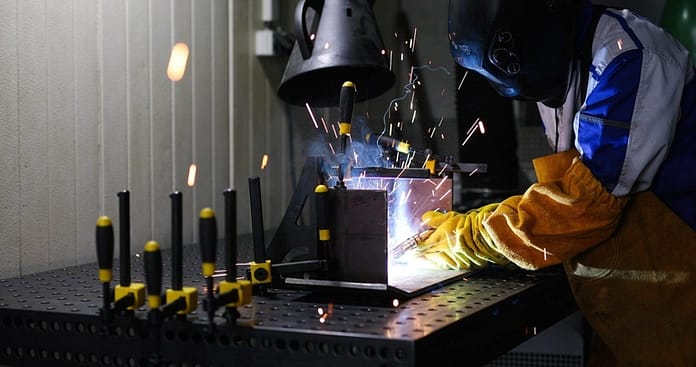What is the gravity casting process?
Gravity casting is an extremely durable shape casting process, where the liquid metal is poured from a vessel or scoop into the form. The shape depression loads up with no power other than gravity, filling can be constrained by shifting the die.
For what reason is gravity casting utilized?
Gravity die casting is utilized to produce casting parts from non-ferrous materials, for example, aluminum or low-temperature alloys. The cycle is utilized to make complicatedly molded parts for many modern applications in the safeguard, clinical and energy areas.
Which is better: gravity casting or sand casting?
Die casting is the ideal decision for any complicated task which requires high precision and accompanies a low wiggle room. Then again, sand casting gives undeniably greater adaptability size and is the ideal decision for huge parts. Read more Investment casting manufacturer Italy
The advantages of gravity casting are:
No outside force is vital for pushing the liquid metal. Gravity die cast parts have preferable thickness over sand casting parts. This cycle costs not exactly most different cycles like vacuum casting, crush casting, and so forth. Gravity casting parts have less porosity and preferable grain structure over sand casting parts. For medium or little volume creation, it is less expensive than different techniques. Gravity casting parts have great mechanical properties, which are perfect for heat treatment.
What Are The Advantages Of Gravity Casting?
The gravity casting process, since it includes pouring alloys from an upward position, takes into consideration the fast venting, or uprooting, of air. Lower levels of caught gas inside the form produce castings with high respectability and a decent surface completion. Pouring the metal likewise dodges the issues made by the ‘basic meniscus speed’, by which metal brought into a shape excessively fast dangers collapsing over itself. Read more sand casting manufacturer Italy
Pressure Die Casting Versus Gravity Die Casting
At its generally fundamental level, die casting is an interaction where non-ferrous liquid metal (like aluminum or zinc) is acquainted with a metal shape. Nonetheless, as individual castings can require different particulars relying upon their last application, varieties to the die casting process are required to accomplish various outcomes. Two of the most famous die casting processes are gravity and tension die casting.
Gravity Casting
The initial steps to prevalent quality in gravity casting are profoundly precise scooping and pouring cycles. When the ideal pouring bend has been recognized, robots will adhere to the strategy, carrying repeatability to the whole cycle. Impeccably cast parts require less wrapping up. Still the impacting crushing or waterjet cleaning of the cast part is vital but another region where robots can upgrade proficiency and item quality in gravity casting.
Gravity Casting Portrayal
Gravity die casting can likewise be alluded to as chill casting or long-lasting mold casting. Gravity casting is the method involved with emptying liquid metal into steel or cast iron molds where there is no power other than gravity. When the metal has cemented the shape is opened and the casting is taken out. Really metal molds it offers awesome layered precision which is reliably repeatable. Because of the more costly apparatus cost contrasted with sand casting, by and large least amounts are 300 sections each year.
Read more What is Pattern and Casting, Advantages & Disadvantages
